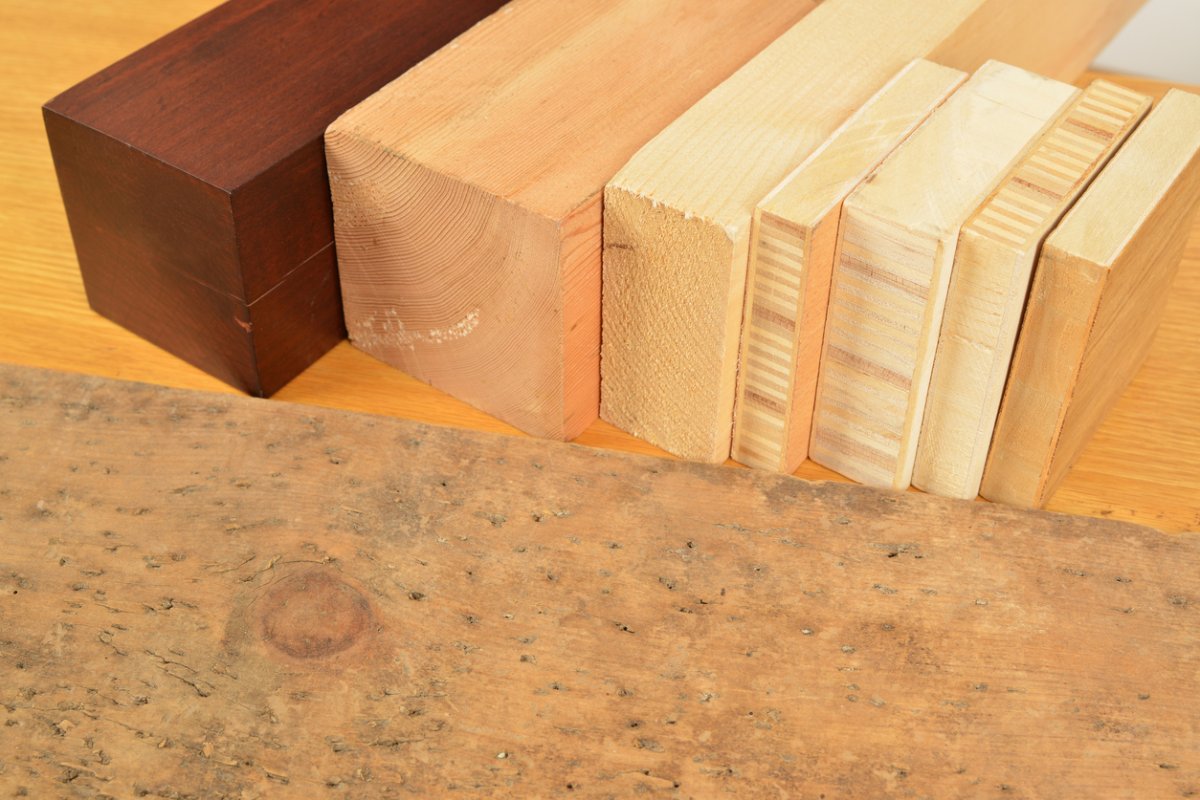

We may earn revenue from the products available on this page and participate in affiliate programs. Learn More ›
As any DIY woodworker or carpenter is likely to find, there are seemingly endless species of wood from which to choose. Whether you’re constructing a bank of kitchen cabinets, a DIY shed, a birdhouse, or a backyard deck, selecting the best types of wood can make or break your project.
With so many different types of wood to choose from, it can be challenging to find the right species for your needs. Read on to learn about the most common types of wood that DIYers may want to use, common characteristics of each type, and the projects for which each is best suited.
1. Cedar
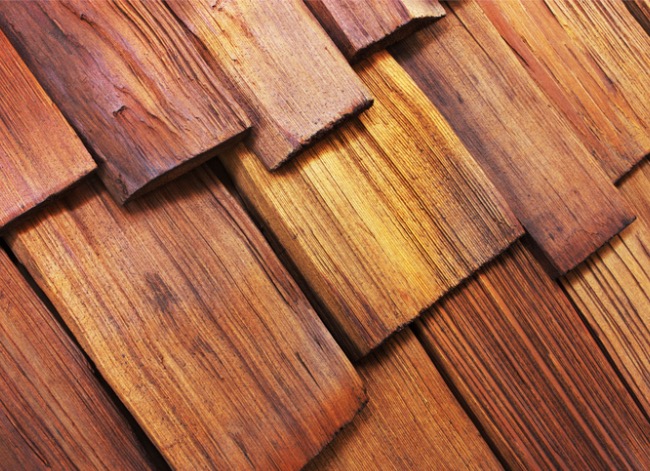
Cedar is an aromatic and naturally rot- and bug-resistant softwood that’s well-known for its beauty and durability. It comes from a variety of coniferous trees, with white and red cedars being the most common. As the name suggests, white cedar is paler and weathers to a pleasant silvery gray. Red cedar has an amber appearance and will weather to a deep, rich brownish red.
Regardless of the variant, cedar is durable and lightweight, and it’s used for a variety of outdoor and indoor projects. Red cedar is more straightly grained, but white cedar tends to take stains and paints more consistently.
Best For: Thanks to its rot-resistant and bug-repellent properties, cedar lumber is excellent for fences, decks, closet lining, and dresser or chest building. But keep in mind that most cedar doesn’t do particularly well in the ground, although some older cedar and heartwood can last for years.
Get Cedar at The Home Depot
Get Cedar at Lowe’s
2. Fir

Fir, or Douglas fir, is a very hard and durable softwood that comes from a tree species of the same name. Douglas fir trees grow very tall, reaching heights of 200 to 300 feet if left to their own devices in the forest. The wood is rot- and insect-resistant, but not quite to the degree of a cedar.
Douglas fir has a very pronounced grain, and it usually runs rather straight. The wood has a reddish-tan coloring, and it’s not particularly good at accepting stains evenly. Because of its wood grain pattern and density (it’s a heavy wood), nails driven into Douglas fir tend to stay put. It’s also relatively inexpensive. All of these characteristics make fir an excellent choice for construction lumber, although DIYers also use it for decking and some woodworking projects.
Best For: Douglas fir lumber fills the walls, ceilings, and floors of most of the homes in North America. It’s strong and durable, it comes in long lengths, and it cuts well with construction saw blades.
Get Fir at The Home Depot
Get Fir at Lowe’s
3. Pine
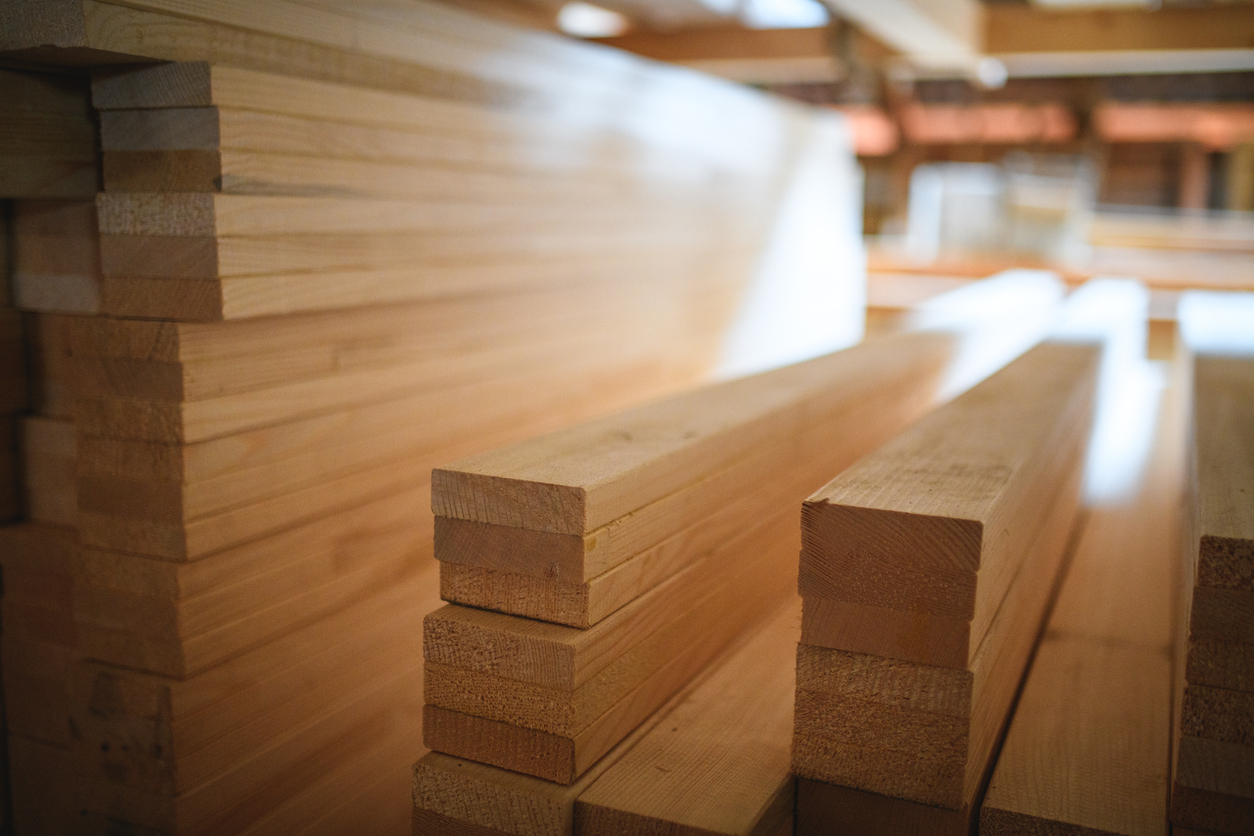
Pine is a very soft wood that’s incredibly easy to work with. It comes from a variety of pine trees grown all over the United States. Common types include sugar, white, ponderosa, and southern yellow pine. It’s less dense than others and easy to work with, but it doesn’t tend to offer much bug or rot resistance.
Pine has a pale or yellow appearance, depending on the exact species. It might also have its fair share of knots, with truly knotty pieces marketed as “knotty pine” and knot-free pieces as “clear pine.” It is rugged-looking, and it takes paint or stain very well.
Lower-grade pine from home stores can be susceptible to cupping or warping. All pine typically has a naturally high moisture content, and the cheaper cuts buckle and twist as they dry.
Best For: Depending on the variant, pine is an excellent choice for rustic furniture, woodworking, wall paneling, decking (in its pressure-treated form), shelving, and other similar projects.
Get Pine at The Home Depot
Get Pine at Lowe’s
4. Redwood
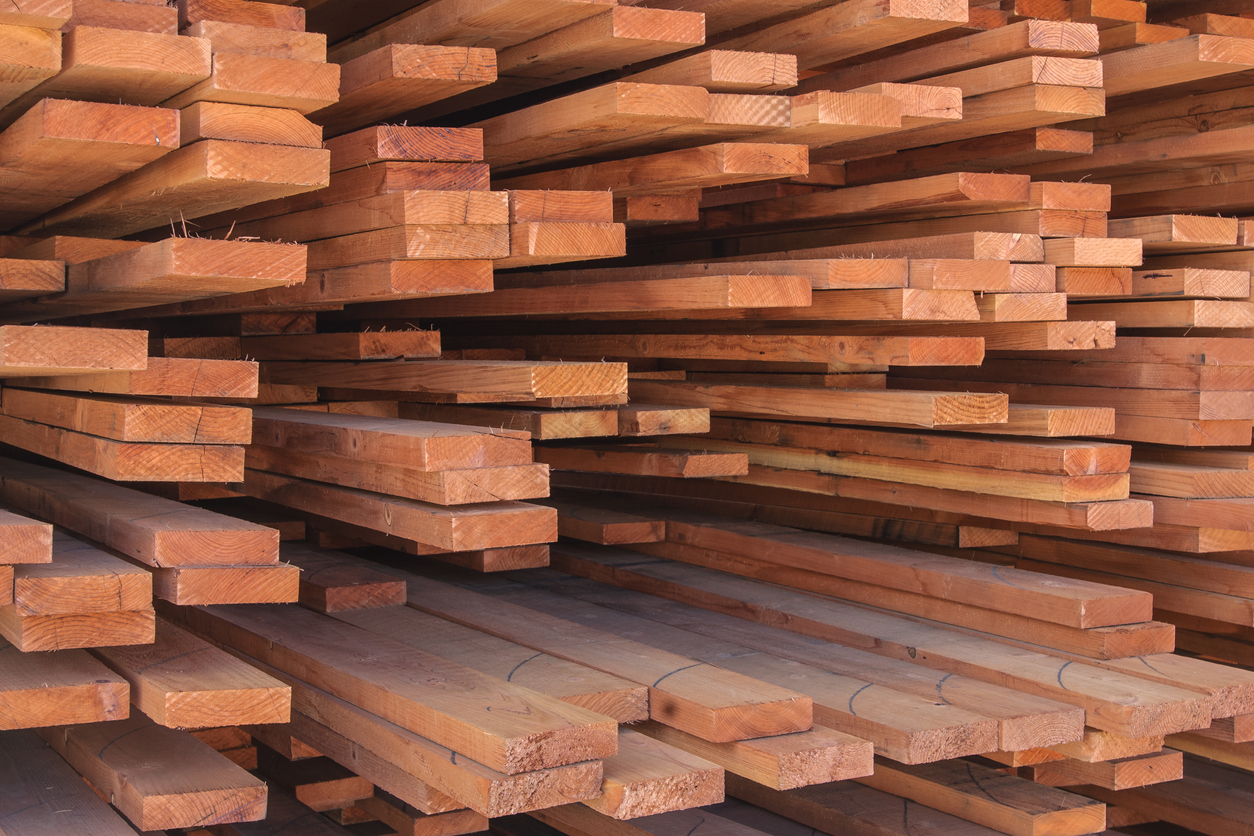
If you’re not familiar with redwood, you might know it better by its more romanticized moniker: sequoia. Redwood trees are known as the tallest tree species in the world, growing to more than 350 feet. These softwoods grow in a relatively small area of the Pacific Northwest of the United States.
Redwood is very soft and workable, and it’s also lightweight. It ranges in color from pale white or yellow to deep red to reddish brown. Growing as tall and quickly as these giants do, the grain is typically straight, with old-growth redwood grain being very tight. The wood has a rough texture, and it’s rot-resistant and very insect-resistant, making it a great choice for decks and other outdoor projects.
Best For: Redwood is a popular choice in some areas of the United States for use as framing lumber, decks, fences, exterior furniture, large beams, and veneers. It can be suitable for ground contact if pressure treated.
Get Redwood at The Home Depot
Get Redwood at Lowe’s
5. Ash
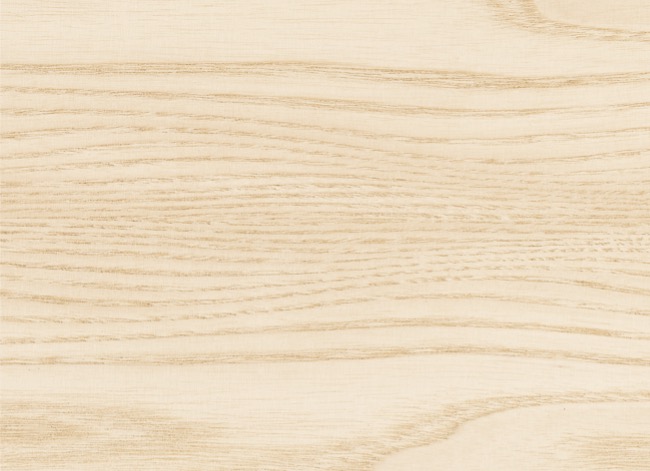
Ash is a hardwood lumber that comes from a variety of trees, including black ash, green ash, white ash, and blue ash. With enough space, an ash tree can grow up to 60 feet tall and spread up to 80 feet wide.
Ash lumber has a light color that varies between white and gold, with some gray streaks being common. The shades are similar to maple, but the texture is rougher, more like oak. Ash is a lightweight hardwood, surprisingly so given its strength and stiffness. It even offers a bit more shock resistance than other hardwood species. It stains and paints extremely well.
Best For: Its weight-to-strength ratio makes ash second only to hickory for tool handle production. It’s also a popular choice for wooden baseball bats, furniture, cabinets, flooring, and pool cues.
Get Ash at The Home Depot
Get Ash at Lowe’s
6. Birch
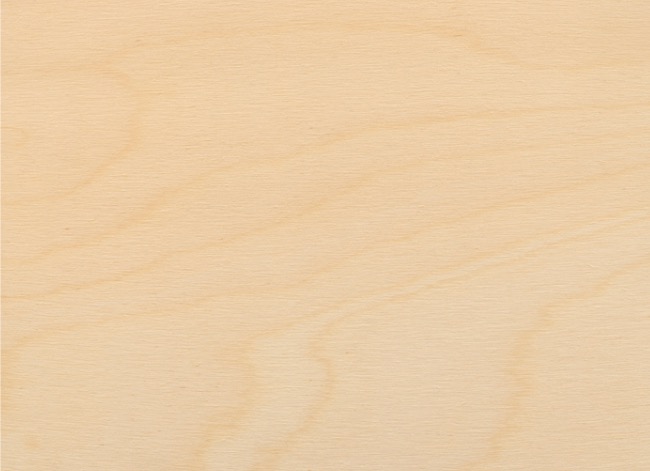
Birch is a popular and rather economical hardwood. Birch trees are common in the eastern United States, particularly in the Northeast. These trees grow up to 70 feet tall but tend to stay thinly trunked. The most common variants of the birch tree are the white birch, yellow birch, and black birch.
Birch wood tends to be smoothly and tightly grained, giving a relatively uniform appearance. It varies in color from white to yellow, with black birch commonly having some black streaks throughout. The wood is heavy, hard, and strong but responds very well to woodworking with sharp tools. It usually shrinks quite a bit as it dries.
Best For: Birch’s characteristics make it among the most desirable types of wood for furniture and millwork. It’s also frequently used for flooring, cabinetry, and toy-making.
Get Birch at The Home Depot
Get Birch at Lowe’s
7. Cherry
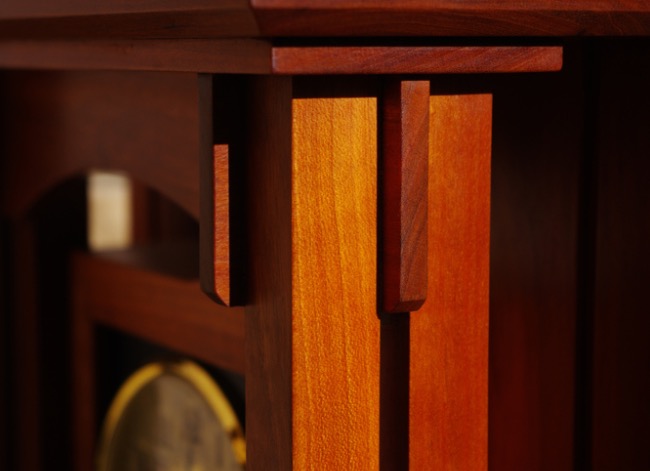
Cherry trees are good for more than just their fruit: They also produce one of the most sought-after wood types available. The black cherry tree, also known as the wild black cherry or American cherry, is common throughout the Midwest and eastern United States, with commercial production coming mostly from Virginia, West Virginia, Pennsylvania, and New York.
Cherry wood varies from creamy white to red to reddish-brown, and it darkens as it ages and dries. It mills very well, and the straight, tight grain gives the wood a very uniform look. When stained and sealed, cherry produces one of the smoothest finishes available, for a very high-end appearance.
Best For: Thanks to its luxurious finishing qualities, cherry is popular for high-end furniture and cabinetry as well as musical instruments, paneling, flooring, and carvings.
Get Cherry at The Home Depot
Get Cherry at Lowe’s
8. Mahogany
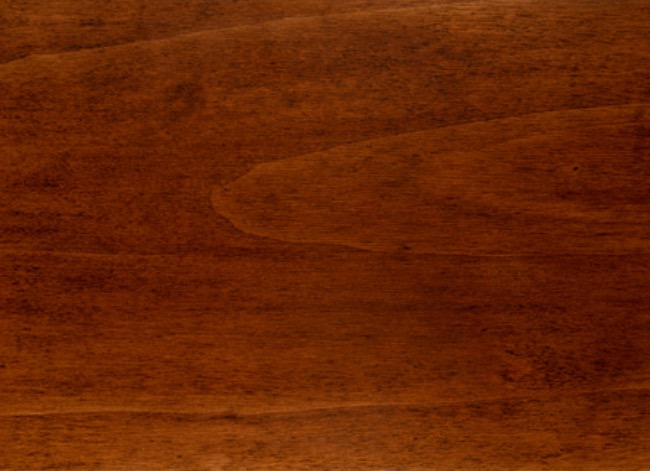
Mahogany is a luxury-grade hardwood that grows in Central and South America, West Africa, and the West Indies. A mahogany tree can grow very tall, reaching heights of more than 150 feet.
When it comes to hardwoods for luxurious finishes and projects, mahogany is in a class by itself, even in comparison with the gorgeous wood of the cherry tree. The wood tends toward a rich red or brown-red. It has a very smooth, tight grain and is extremely strong and resilient. It’s also very, very dense, making it both rot- and insect-resistant.
One of mahogany’s best characteristics is that it’s very stable: It resists shrinking, swelling, and warping.
Best For: It should come as no surprise that mahogany’s most popular uses are fine furniture, custom cabinetry and built-ins, and high-end flooring, but it’s also been used for boatbuilding for centuries.
Get Mahogany at The Home Depot
Get Mahogany at Lowe’s
9. Maple
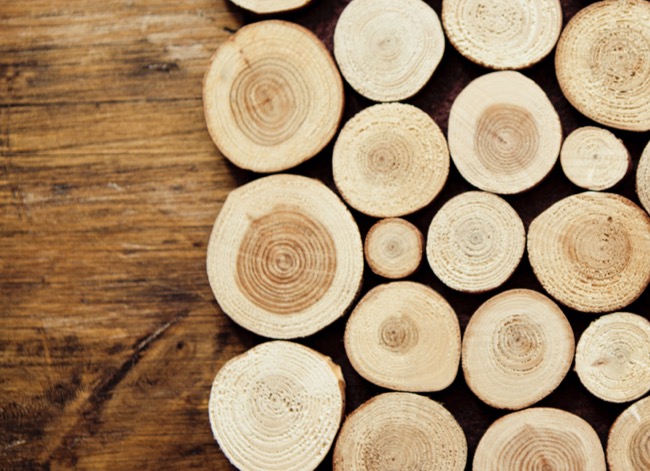
Red maples are among the most common types of hardwood trees in the United States, but the majority of maple wood comes from the less popular rock or sugar maple. The trees reach heights of 115 feet and can have equally as vast canopies.
The hardwood that a rock maple produces is very dense and tough, with a wonderful lightly colored appearance that varies between white, yellow, and a rich golden hue. The grain is relatively tight and straight, and it tends to show in light brown bands. There also is curly maple, which has interesting wavy grain patterns. Both grain types produce a smooth, fine texture that finishes very nicely.
Best For: Maple is a popular choice for flooring, veneers, paper, musical instruments, butcher blocks, workbenches, and baseball bats (as well as other turned items).
Get Maple at The Home Depot
Get Maple at Lowe’s
10. Oak
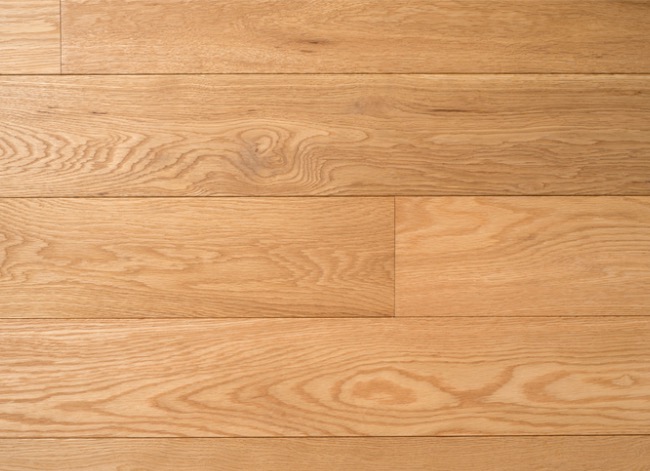
Oak trees, whether they are the red or white variant, are common trees in the United States and produce two of the most popular types of hardwood available. Oak trees can grow up to 85 feet tall, and they drop floods of acorns every fall.
Oak comes in two common varieties: white and red. Both are very dense and tough, with straight-grained, rough textures. Red oak has a redder hue, while white oak is lighter in color, ranging from white to a pale yellow. White oak is famous for its “fleck,” which is a wavy, contrasting pattern revealed during the sawing process. Oak is rot- and bug-resistant, and though it’s very durable, it tends to bend well. It also takes stain very well but will show grain through several coats of paint.
Best For: Oak’s durability and pliability make it an excellent choice for boatbuilding and wine or whiskey barrels. Oak also is commonly used for flooring, furniture, millwork, and cabinetry. In fact, it’s one of the most common types of wood for cabinets. If you can bear to part with it, it’s also great for the fireplace.
Get Oak at The Home Depot
Get Oak at Lowe’s
11. Poplar
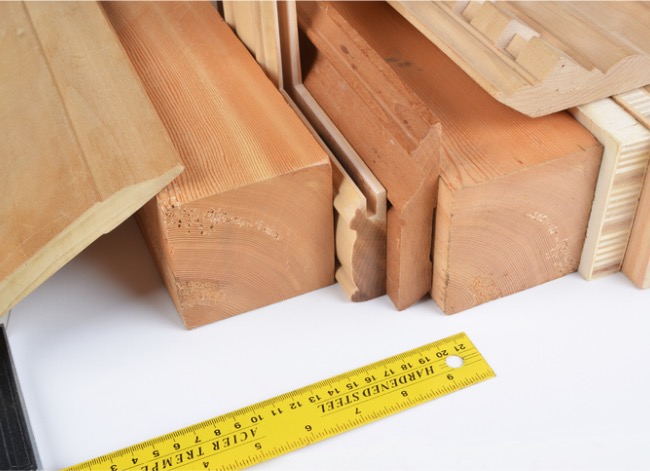
Poplar wood comes from a variety of poplar trees, some of which can reach towering heights of up to 160 feet. These trees are widely spread across the eastern United States, and they produce a hardwood beloved by DIYers and amateur woodworkers for its utility.
Poplar is a light-colored hardwood that ranges from a cream color to yellowish brown. It also has streaks of gray or green, which tend to darken over time. Poplar grain is straight and uniform, and as a softer hardwood, it takes very well to machining with hand or power tools. It does tend to leave fuzzy edges, however, so extremely fine-grain sandpaper might be necessary for achieving a smooth finish. It’s not a particularly handsome wood, but it takes paint incredibly well.
Best For: Poplar’s utility makes it a popular choice for many painted projects like painted cabinet face frames, doors, and shelves, but it’s commonly used for plywood layers, upholstered furniture frames, and other hidden applications.
Get Poplar at The Home Depot
Get Poplar at Lowe’s
12. Teak
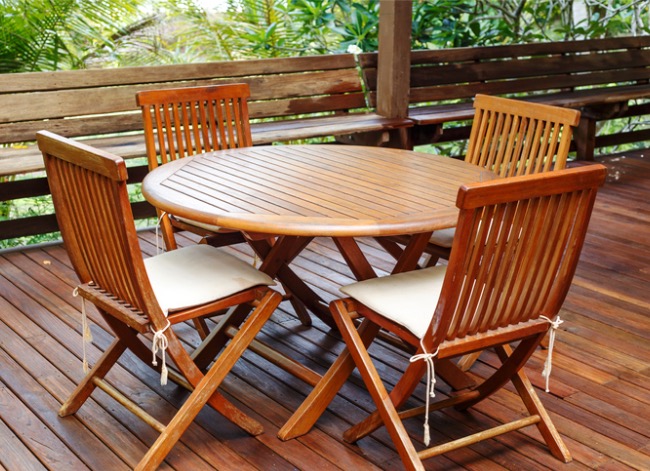
When it comes to blending durability and good looks, teak is one of the top choices in the hardwood market. This wood comes from the teak tree, which is native to southern Asia but also grows on farms in Latin America, Africa, and other tropical regions.
Teak is a generally straight-grain wood with a coarse and uneven texture. Natural oils in teak wood cause it to be very rot- and insect-resistant. Despite those oils, teak is easy to work with, both gluing and finishing nicely. In many ways, teak and mahogany are very similar, but teak is unmistakably brown, while mahogany often has a red hue.
Best For: Teak’s most common use is in the boating industry, but it also is used for furniture, carvings, and other small wood projects.
Get Teak at The Home Depot
Get Teak at Lowe’s
13. Walnut

Another popular hardwood, walnut, comes from the black walnut tree, which is common across the eastern United States. These trees grow to be up to 120 feet tall and produce a wonderfully rich, chocolatey wood sought after by woodworking enthusiasts.
Walnut hardwood tends to be straight grained, but it is nearly as likely to feature some waves and irregularities. To the touch, it has a medium-smooth texture. The wood varies from pale brown to a deep chocolate color. Walnut is extremely rot-resistant, but it is not insect-resistant. It is dimensionally stable, shrinking and warping very little as it dries.
Best For: Walnut’s common uses include medium- to high-end furniture, gunstocks, turned items, and cabinetry.
Get Walnut at The Home Depot
Get Walnut at Lowe’s
14. Acacia
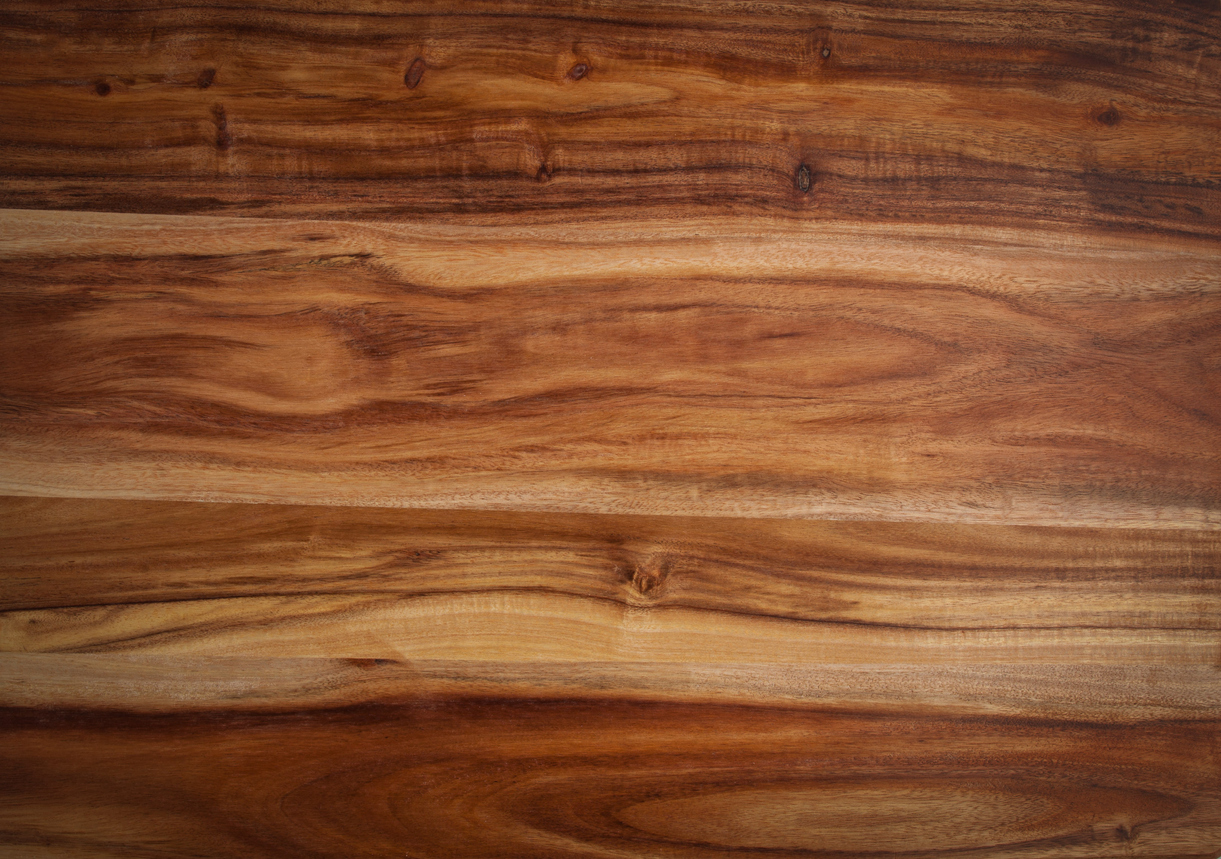
There are more than a thousand species of acacia, a tree that’s native to Australia and Africa though also found in tropical and subtropical regions throughout the world. Depending on the species, this fast-growing hardwood can reach heights up to 40 feet. In color, acacia wood ranges from light brown to dark mahogany, although its heartwood tends toward reddish brown.
Acacia is prized for its color and durability as well as its irregular, unpredictable, and frequently wavy grain patterns. Dense acacia is a rot-resistant wood that’s also insect- and water-resistant. If used outdoors, however, it must be properly sealed, protected, and maintained. Because it’s hard and heavy, acacia can be tough to work with, and it can crack or swell when subjected to wide temperature fluctuations.
Best For: The strength and beauty of acacia wood makes it ideal for furniture and household items like bowls and cutting boards. Its durability and distinctive grain make it an interesting choice for flooring.
Get Acacia at The Home Depot
Get Acacia at Lowe’s
15. Beech
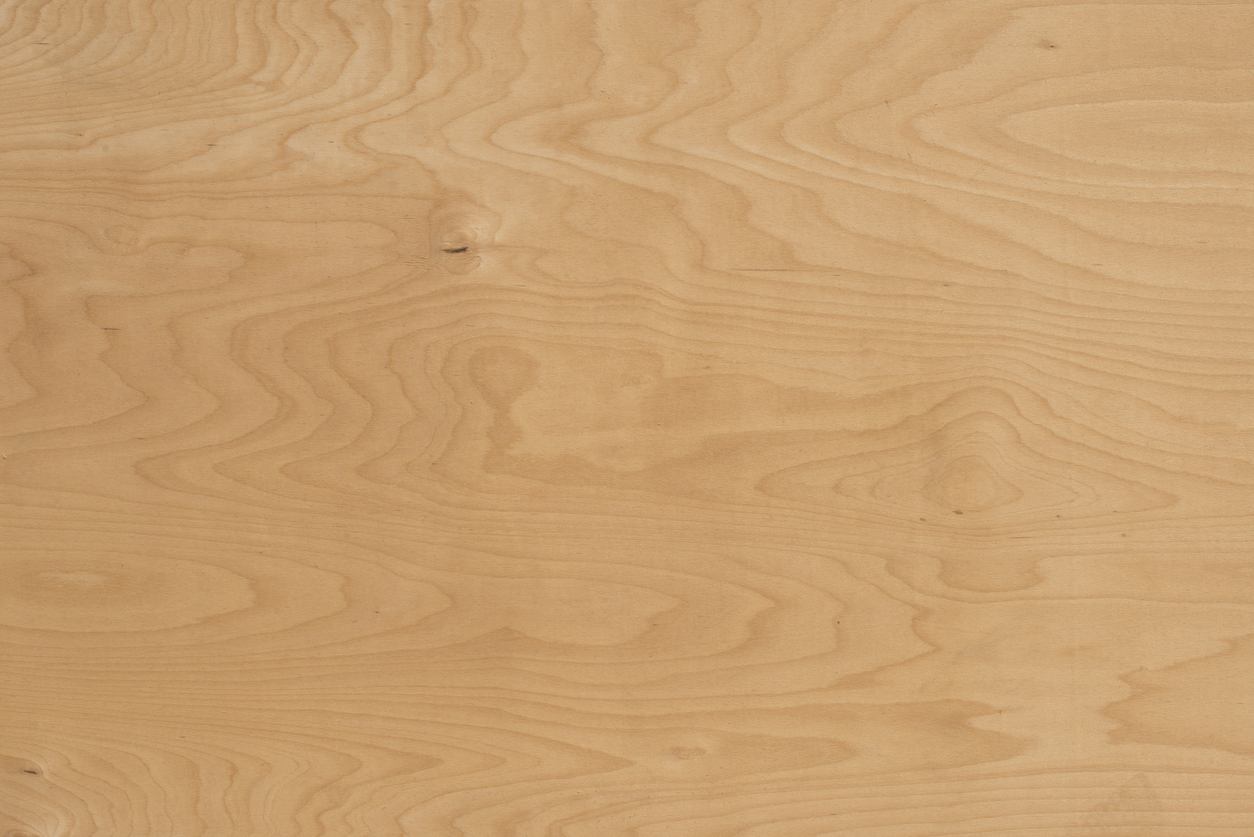
Beech trees are found in temperate climes throughout Asia, Europe, and North America, although the American beech is the only North American native. On average, beech trees grow about 60 or 70 feet tall, but they can reach almost twice that height.
Beech wood is fairly hard and straight grained. In color, it ranges from almost white to straw, and it darkens slightly with age. Though strong, it’s not especially durable: It’s subject to insect damage and it tends to absorb moisture, so it’s not appropriate for use outside or in highly humid locations. It’s fairly easy to work with and easy to bend, and it holds paints and stains well.
Best For: Beech is often used in veneers and plywood. Furniture, flooring, cabinets, and musical instruments are other common applications.
Get Beech at The Home Depot
Get Beech at Lowe’s
16. Pressure Treated
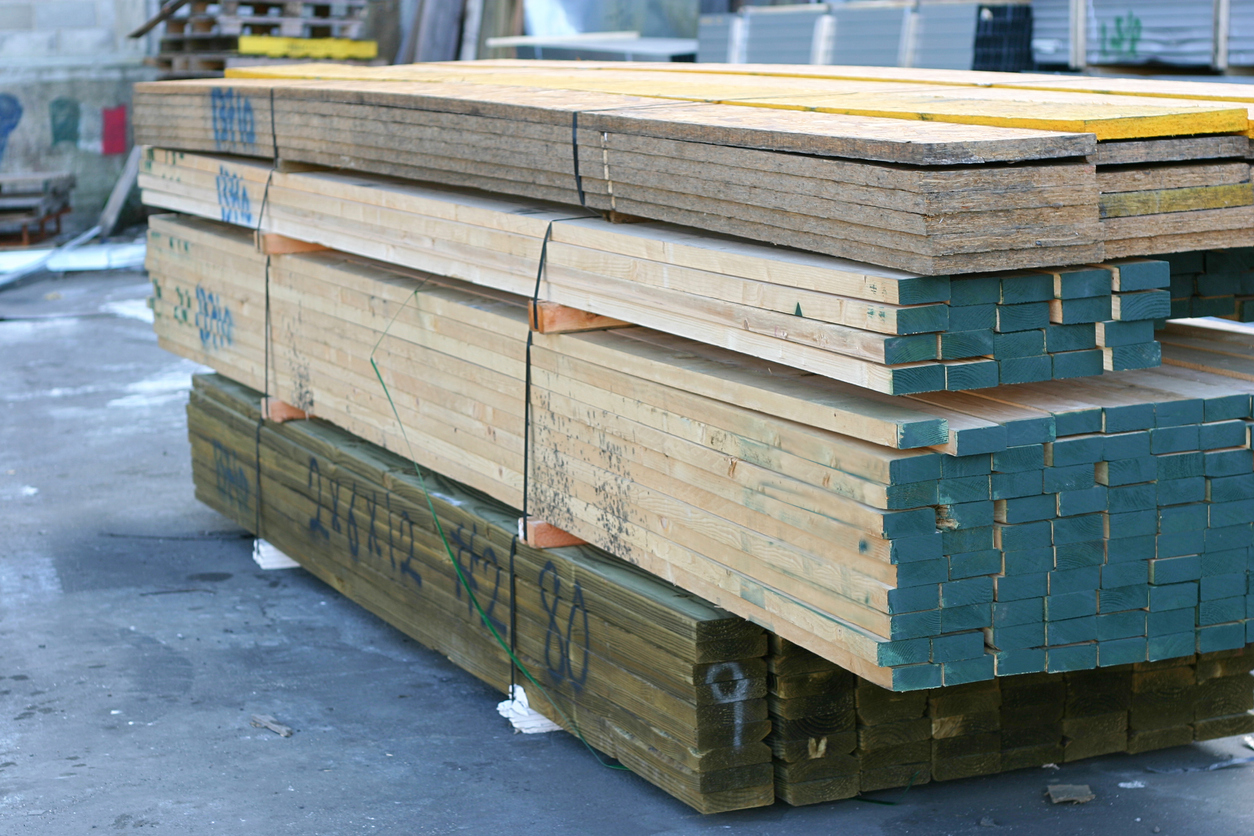
As you might have guessed, pressure-treated lumber does not come from a tree of the same name. It generally comes from southern yellow pine and Douglas fir, both of which are good choices given their natural rot and insect resistance.
To create pressure-treated wood, when mills cut the lumber to dimensional sizes, the boards are impregnated via pressure with water-borne chemicals. These chemicals, or treatments, are designed to help the wood last longer and resist rot and insects for as long as possible. High-quality pressure-treated lumber used in a project and maintained with sealer every few years can last up to 40 years. Generally speaking, pressure-treated lumber is very heavy, as it often hits home store shelves while still soaked with the treatment.
Best For: Pressure-treated lumber is excellent for ground-contact projects, sill plates between concrete and standard framing lumber, fences, decks, and other outdoor projects where moisture is an issue.
Get Pressure-Treated Wood at The Home Depot
Get Pressure-Treated Wood at Lowe’s
17. FSC Certified
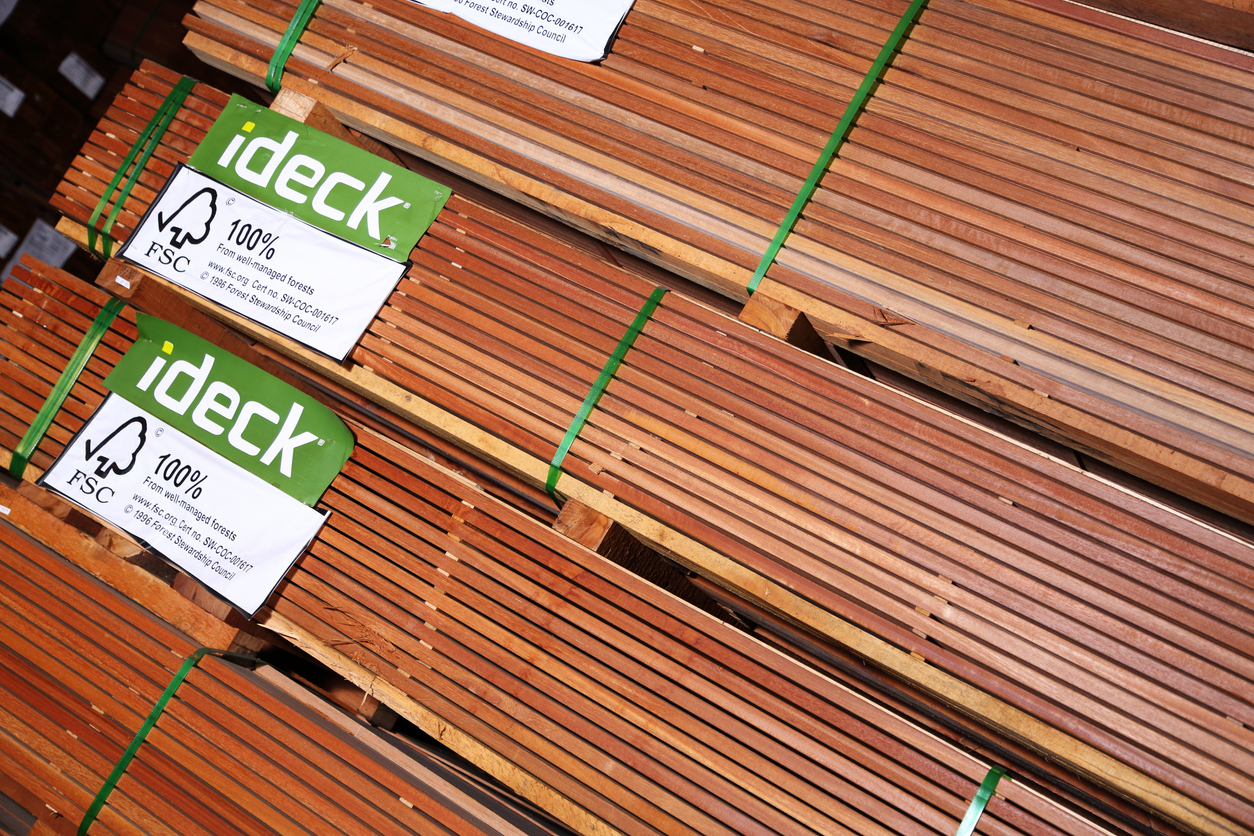
Like pressure-treated lumber, FSC-certified lumber doesn’t come from a tree of that name. FSC stands for the Forest Stewardship Council, which is a nonprofit that sets high standards for the forestry industry. The council’s standards help ensure that companies are harvesting lumber safely and responsibly.
The FSC certifies lumber production in a variety of species, including both softwoods and hardwoods. The price of FSC-certified lumber may be a little higher than that of standard lumber, but FSC Certification can be a must for those looking for responsibly produced wood.
Best For: The best uses for FSC-certified lumber are based on the type of wood, not the FSC certification. FSC-certified hardwood and softwood can be used for flooring, cabinetry, framing, and nearly every other use, depending on the specific species of wood.
Get FSC-certified wood at The Home Depot
Get FSC-certified wood at Lowe’s
